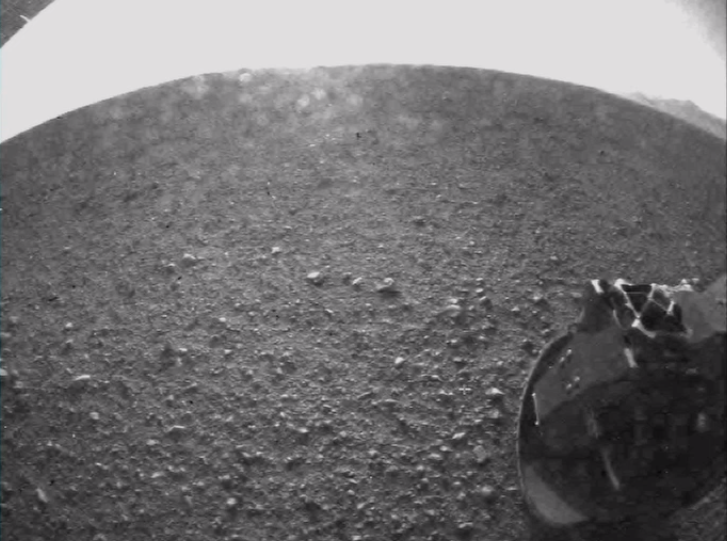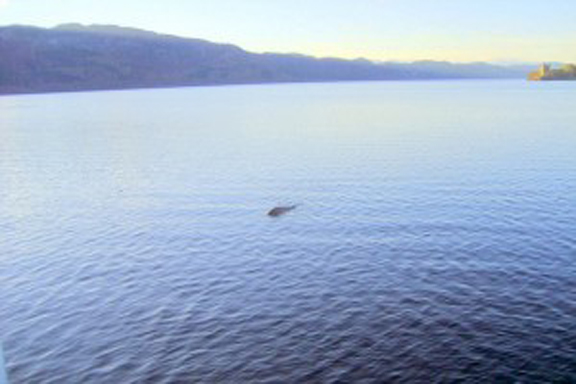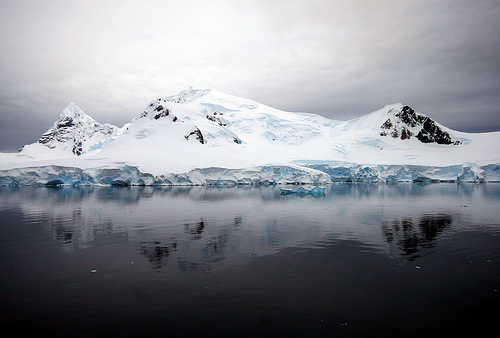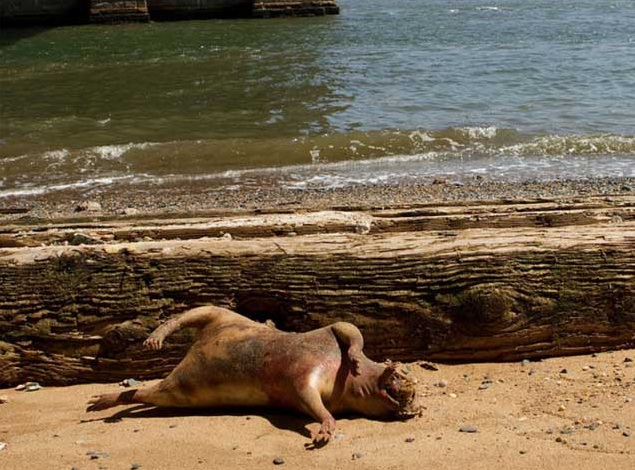
An archaeological expedition is heading to Cocos Island in search of the “Treasure of Lima”, a true life “treasure island” if there ever was one.
The Telegraph writes:
It eluded Franklin Roosevelt, Sir Malcolm Campbell and Errol Flynn, but now an explorer from Melton Mowbray could be on the trail of a multi-million-pound hoard of gold, silver and jewellery stolen by pirates and buried on a treasure island.
Shaun Whitehead is leading an archaeological expedition to Cocos Island, the supposed hiding place of the “Treasure of Lima” – one of the world’s most fabled missing treasures.
The haul – said to be worth £160 million – was stolen by a British trader, Captain William Thompson, in 1820 after he was entrusted to transport it from Peru to Mexico.
He is said to have been stashed his plunder on the Pacific island, from where it has never been recovered.
An original inventory showed 113 gold religious statues, one a life-size Virgin Mary, 200 chests of jewels, 273 swords with jewelled hilts, 1,000 diamonds, solid gold crowns, 150 chalices and hundreds of gold and silver bars.
The site, credited by some as the inspiration for Robert Louis Stevenson’s Treasure Island, is uninhabited and around 350 miles off the coast of Costa Rica, of which it is a part.
It has also been designated a Unesco World Heritage Site for its unspoilt environment and variety of wildlife and it has taken around 18 months of negotiations with the authorities to secure permission to go there on an exploratory mission.
Although there have been no official expeditions to the island for more than a quarter of a century, Mr Whitehead will join an impressive a line of notable adventurers and explorers who been attracted by the lure of the “Lima loot”.
They include Roosevelt, the American president from 1933 to 1945, who travelled there with friends in 1910, Campbell, the racing driver, who went there in the 1920s, and Flynn in the 1940s.
Another explorer, August Gissler, a German, spent 19 years living on the island hunting the treasure but returned with just six gold coins.
However, Mr Whitehead’s team is equipped with technology that has never before been used on the island. He has also established the most likely spots around the island on which to focus his efforts.
Read more at telegraph.co.uk


















